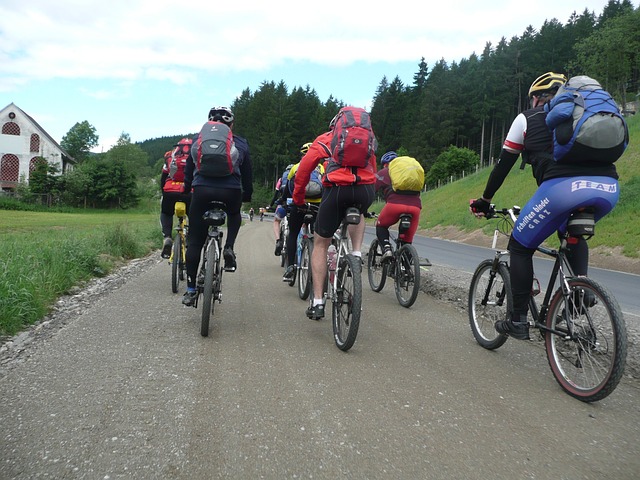Economic growth significantly impacts the real estate market, with strong economies boosting consumer confidence and investment. During booms, low-interest rates drive property demand, making borrowing more accessible and encouraging home purchases. Global urbanization trends and population shifts have increased housing demand in urban areas, driving up prices and competition. Real estate developers must adapt by offering diverse housing options to meet the needs of growing city populations.
“In an era defined by robust economic growth, low interest rates, and rapid urbanization, the real estate market finds itself in a boom. This article explores the interconnected factors driving unprecedented property demand. We delve into how economic prosperity ignites the real estate sector, examine the role of historically low-interest rates as a catalyst for purchases, and analyze the population shift towards urban centers, highlighting the pressing need for adequate housing. Understanding these dynamics is key to navigating the current landscape in the ever-evolving world of real estate.”
Economic Growth and Its Impact on Real Estate Demand

Economic growth is a powerful driver of real estate demand, as prosperous times often lead to increased consumer confidence and disposable income. When an economy booms, individuals are more likely to invest in properties, whether for personal living or as a lucrative opportunity. This surge in interest can cause market fluctuations, making now a prime time for both buyers and sellers in the real estate sector.
Strong economic conditions encourage businesses to expand, creating more job opportunities and stimulating urban development. As cities grow and infrastructure improves, residential areas become more desirable, further fueling the demand for properties. This dynamic relationship between economic growth and real estate underscores the importance of keeping an eye on macroeconomic trends when navigating the housing market.
The Role of Low Interest Rates in Driving Property Purchases

During periods of economic boom, one of the primary factors fueling the surge in property demand is the prevalence of low-interest rates. These rates make borrowing money for real estate investments more affordable, enticing both first-time buyers and experienced investors to enter the market. With smaller monthly payments due to lower interest, prospective homeowners can justify purchasing properties that might have been out of their budget previously.
Low-interest rates also stimulate economic growth as people are more inclined to invest in real estate, viewing it as a stable and lucrative asset class. This increased demand often leads to higher property prices, creating a positive feedback loop where rising values further motivate buyers, thereby inflating the real estate market even more.
Population Shift and Urbanization: Fuelling the Need for Housing

The global trend of urbanization and population shifts has significantly impacted real estate markets worldwide. As more people migrate to urban centers, the demand for housing soars, pushing up property prices and intensifying competition in the real estate sector. This phenomenon is particularly noticeable in major metropolitan areas, where the concentration of jobs, cultural attractions, and educational institutions attracts a steady influx of residents.
The consequences are far-reaching, driving rapid development and renovation projects to keep pace with the growing population. This shift has also led to a reconfiguration of urban landscapes, with an increased focus on mixed-use properties that cater to various demographics. Consequently, real estate developers and investors must adapt to these changes, offering diverse housing options that meet the evolving needs of cities’ expanding populations.






